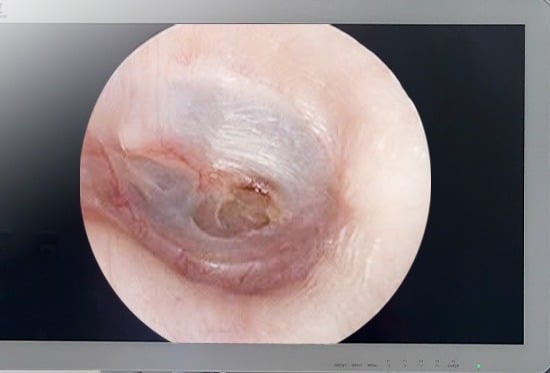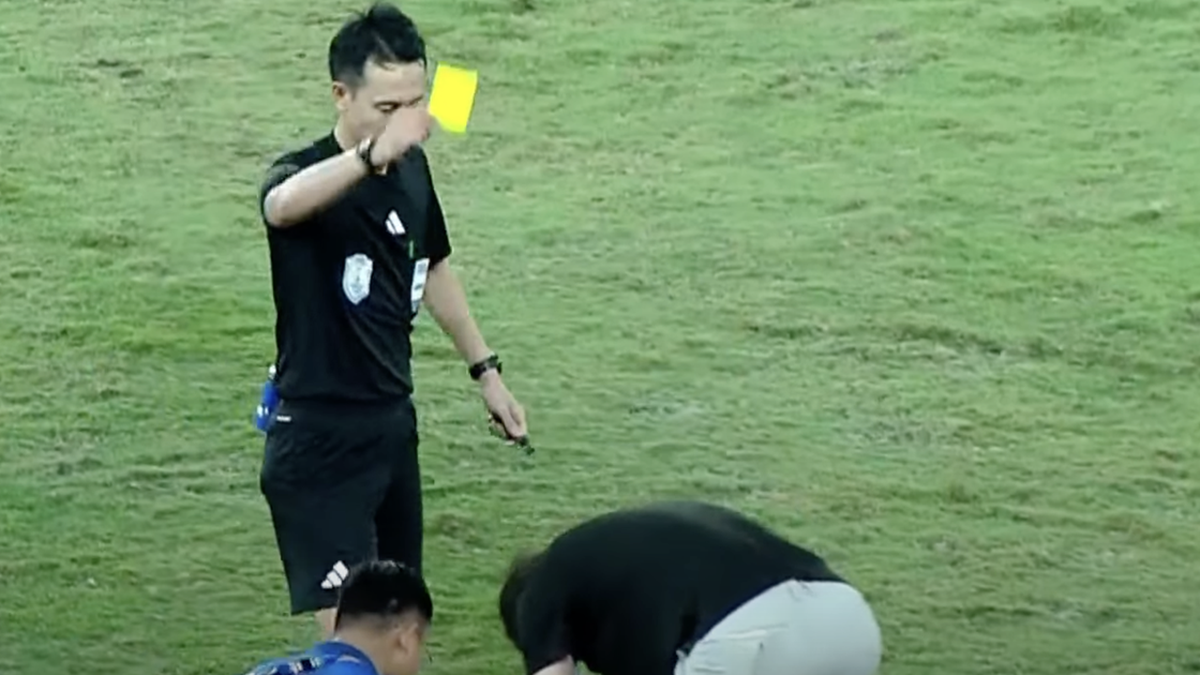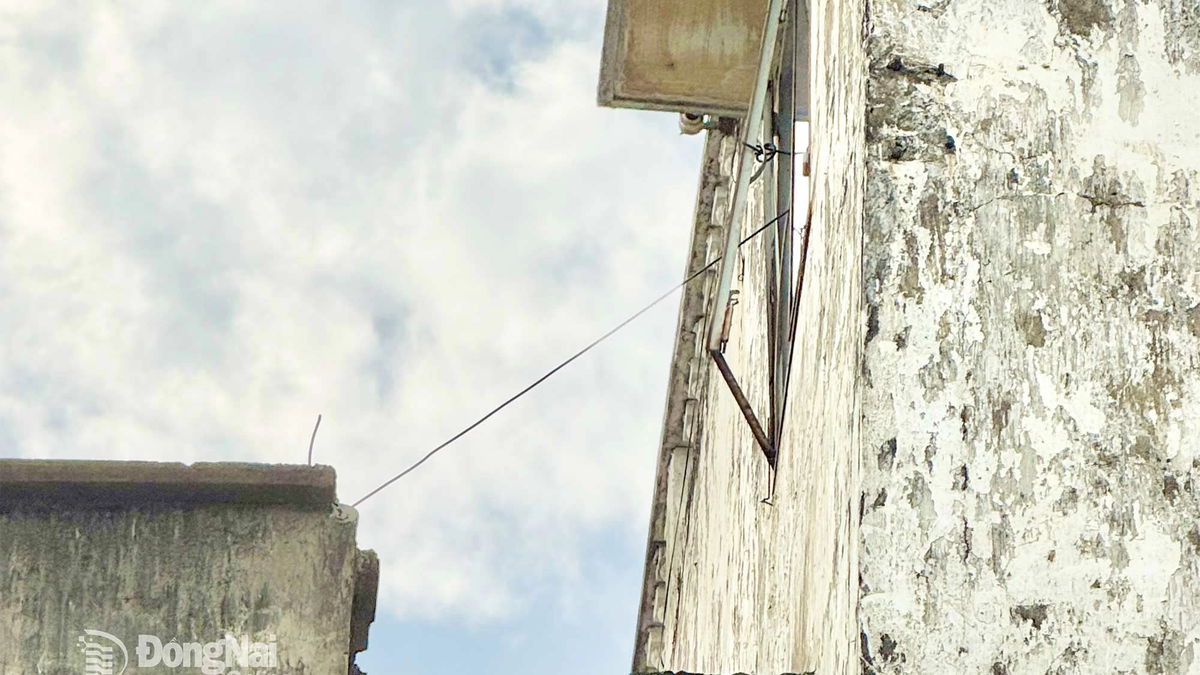On July 29, specialist doctor Nguyen Tri Minh Tri, ENT Center, Tam Anh General Hospital, Ho Chi Minh City, said that the results of the ear endoscopy showed that the left eardrum was perforated in the anterior-inferior quadrant, the tympanic cavity (the space behind the eardrum) was dry; the right eardrum was intact; the nose and throat showed no signs of abnormalities. The audiometric test results showed that Ms. P. had grade 1 conductive hearing loss.
Dr. Tri diagnosed Ms. P. with a perforated eardrum due to pressure trauma leading to hearing loss. The patient had her ear cleaned, was prescribed medication, and scheduled for a follow-up visit in 2 weeks to monitor the perforation.
After 2 weeks of follow-up, the doctor noted that Ms. P.'s left eardrum perforation had healed well. The patient was monitored for another 2 weeks, and the ear was kept dry and protected from water and dirt to prevent re-infection.
The pressure in the water is stronger at deeper levels.
According to Dr. Tri, when diving underwater, the pressure around the body increases, every 10 meters below the surface, the pressure is twice as strong as on land. The middle ear is an air-filled cavity located behind the eardrum, and this cavity cannot self-regulate pressure. If the air in the middle ear is not "compensated" in time when diving (usually by swallowing or blowing gently through the nose), the pressure outside will be stronger than the pressure inside. At that time, the eardrum is stretched inward, causing pain, and if the difference is too large, the eardrum can tear or rupture. This is why it is necessary to properly balance ear pressure when diving deep.

The patient's eardrum was perforated.
TA
Normally, the Eustachian tube connecting the nasopharynx and the middle ear opens to equalize the pressure between the middle ear and the outside environment, through swallowing, yawning or performing pressure-regulating movements such as pinching the nose, closing the mouth and blowing gently. However, if the Eustachian tube is blocked due to sinusitis, allergies or colds, the pressure in the middle ear is not equalized, leading to the eardrum being pulled inward, causing tinnitus, hearing loss and possibly leading to otitis media.
Symptoms of perforated eardrum due to pressure trauma
According to Dr. Tri, symptoms of tympanic membrane perforation due to pressure trauma often include: acute ear pain, conductive hearing loss, tinnitus, and possibly external ear bleeding. Some cases may experience transient dizziness due to labyrinthine irritation, especially when the damage extends to the oval window or round window. If seawater or dirty water enters the tympanic cavity through the perforation, the patient may develop acute infectious otitis media. If not treated properly and promptly, it can lead to chronic otitis media with tympanic membrane perforation, mastoiditis, prolonged hearing loss, or deafness.
When scuba diving, sudden changes in pressure can not only cause a perforated eardrum, but also damage the middle ear such as swelling, fluid accumulation, and hematoma behind the eardrum. If cold seawater enters the ear through the perforation, the patient may experience acute dizziness due to stimulation of the vestibular system in the ear - a phenomenon similar to a reflex that occurs when there is a sudden change in temperature in the ear. Not only the middle ear, rapid changes in pressure can also affect the inner ear - the part responsible for hearing and maintaining balance.
"People who intend to scuba dive should learn how to properly regulate ear pressure to prevent damage caused by pressure changes. Not only scuba diving, activities such as flying, mountain climbing, moving from low to high areas (or vice versa), working in deep tunnels... can all cause a pressure imbalance between the middle ear and the outside environment," Dr. Tri shared.
Source: https://thanhnien.vn/lan-bien-ngam-san-ho-nguoi-phu-nu-bi-thung-mang-nhi-185250729122428324.htm






















![[Photo] National Assembly Chairman attends the seminar "Building and operating an international financial center and recommendations for Vietnam"](https://vphoto.vietnam.vn/thumb/1200x675/vietnam/resource/IMAGE/2025/7/28/76393436936e457db31ec84433289f72)












































































Comment (0)